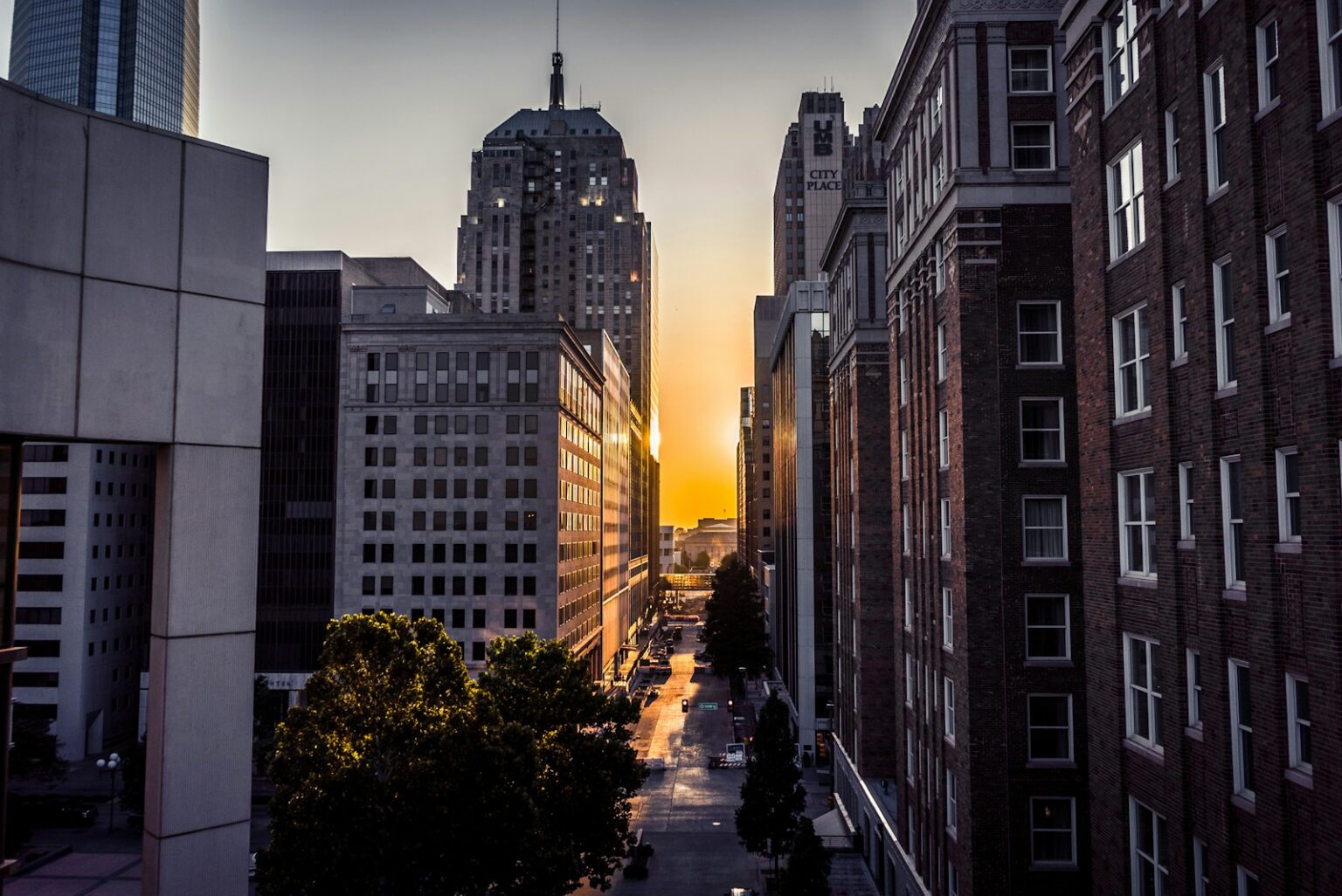The Oklahoma City bombing, which occurred on April 19, 1995, remains one of the deadliest acts of domestic terrorism in U.S. history. The attack, carried out by Timothy McVeigh, resulted in the destruction of the Alfred P. Murrah Federal Building and the loss of 168 lives, including 19 children.
McVeigh, an Army veteran who served during the Persian Gulf War, later explained his motives for the anti-government attack. He claimed it was a retaliatory strike for the federal government’s actions in the preceding years, particularly referencing the fatal standoff between law enforcement and cult leader David Koresh exactly two years before. At 9:02 a.m. on that fateful spring morning, a 4,800-pound bomb inside a rented truck exploded, causing one-third of the Federal Building to crumble. Dr.
Carl Spengler, who assisted in triage care, recalls the moment: “I remember we were having breakfast, and then there was this explosion that kind of rocked us out of our table.”
Survivor Amy Downs, who worked in the building, remembers the harrowing experience: “I thought maybe I was dead. I realized I was buried alive.” The tragedy deeply affected those who lost loved ones, like Renee Moore, whose son attended daycare at the Federal Building.
Oklahoma City bombing’s lasting impact
“Everybody that has somebody in the building, we have to live with this,” she says, her pain marked by tears. McVeigh’s accomplice, Terry Nichols, is currently serving a life sentence without the possibility of release. He admitted to helping build the bomb and has expressed remorse for his actions.
Michael Fortier, another key figure, entered the federal witness protection program after serving more than 10 years in prison for failing to warn anyone of the bombing plot and assisting McVeigh. The Oklahoma City bombing left an indelible mark on the nation. The Heartland Chapel, rededicated on the 30th anniversary of the tragedy, stands as a symbol of peace and resilience.
Faith leaders from various religions gather at the chapel to bring the community together and offer comfort to those affected. As the 30th anniversary approaches, the Oklahoma City National Memorial and Museum is hosting a series of events to commemorate the lives lost and honor the survivors. The tragedy may have shaken the city to its core, but the resilience and unity displayed by Oklahomans in the face of adversity continue to inspire hope and healing.










